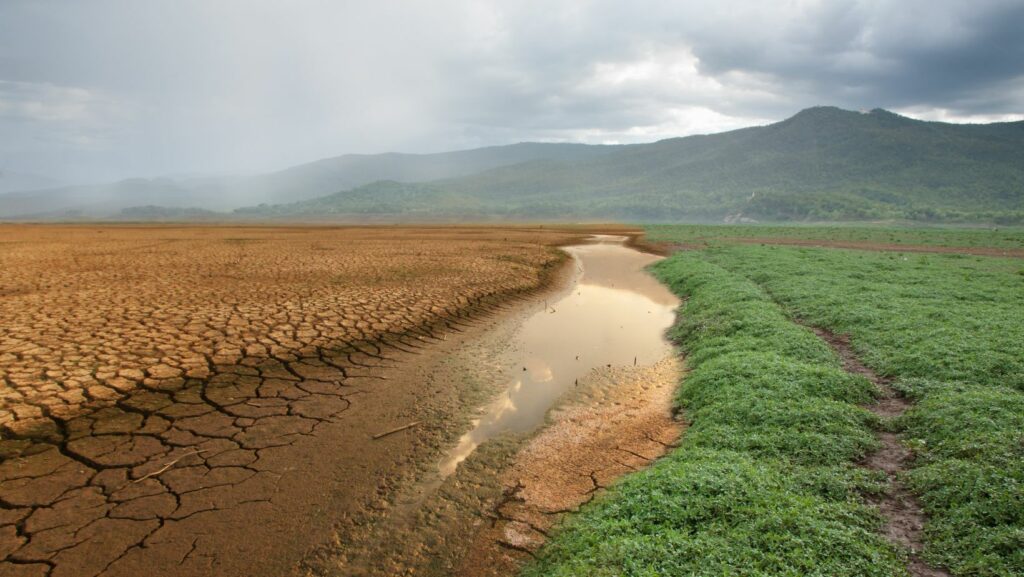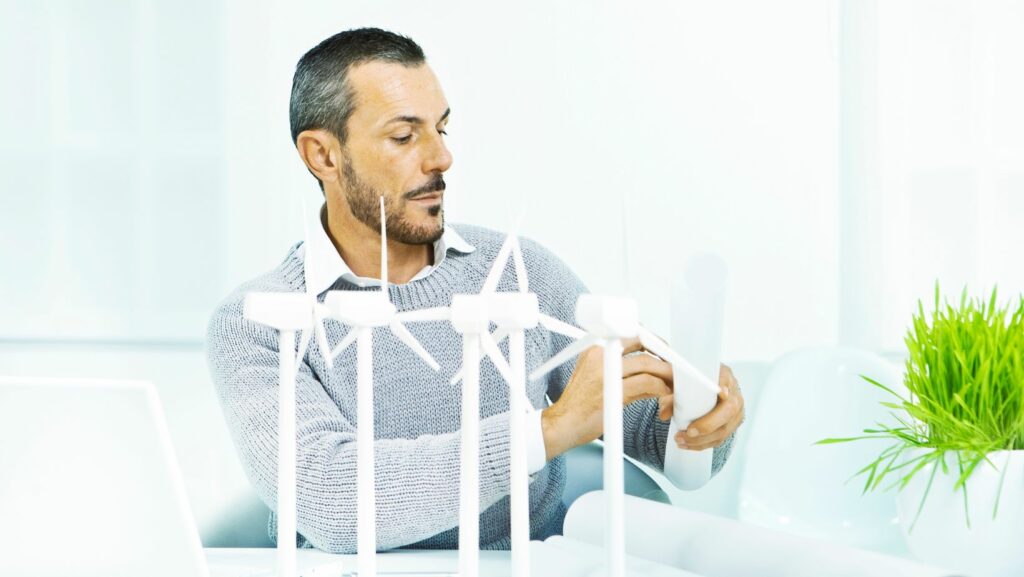Climate change is a big problem, and we need to use every tool at our disposal to fight it. That includes technology.
Technology can help us in two main ways when it comes to climate change. Firstly, it can help us to reduce our emissions of greenhouse gases. And secondly, it can help us to adapt to the changing climate.
There are lots of different technologies that can help with both of these things. Some are well established, like renewable energy sources like solar and wind power. Others are newer, like carbon capture and storage, or artificial intelligence for weather forecasting.
The important thing is that we use all of these technologies together, as part of a concerted effort to tackle climate change. Technology alone won’t be enough – but it is a vital part of the solution.
The Role Of Technology In Climate Change
There is no denying that technology has played a role in climate change. From the industrial revolution to the cars we drive, technology has contributed to the greenhouse gases that are trapping heat and causing the Earth to warm. But can technology also be part of the solution? Some say that we need to develop new technologies to address climate change, while others believe that we need to use the technologies we already have in a different way.

The Impact Of Technology On Climate Change
Technological advancements have led to an increase in greenhouse gas (GHG) emissions and a corresponding rise in the Earth’s average temperature, a phenomenon commonly known as global warming.
Over the past century, the Earth’s mean surface temperature has risen by 0.8°C (1.4°F), with about two-thirds of that increase occurring since 1980.1 The main cause of this warming is human activity, such as burning fossil fuels (coal, oil, and natural gas), which releases GHGs into the atmosphere. These GHGs trap heat from the sun’s rays inside the atmosphere causing Earth’s average temperature to rise.
Technology has also played a role in other aspects of climate change, such as air pollution and deforestation. For example, the burning of coal and other fossil fuels releases harmful pollutants into the air, including sulfur dioxide and nitrogen oxides, which contribute to the formation of acid rain. In addition, technology has enabled us to clear large areas of forest land for agriculture, urbanization, and other uses. This deforestation increases GHG emissions (due to decomposing vegetation) and decreases the planet’s ability to absorb carbon dioxide (CO2), exacerbating global warming.
Fortunately, technology can also be part of the solution to climate change. For instance, advances in renewable energy technologies—such as solar panels and wind turbines—have made it possible for us to generate electricity without emitting GHGs. In addition, improvements in transportation technologies—like electric cars and high-speed trains—can help reduce our reliance on oil, a major source of GHGs. And innovative farming practices—like using cover crops and no-till agriculture—can help us produce food while minimizing our impact on the environment.
Ultimately, tackling climate change will require a concerted effort from all sectors of society, including businesses, government agencies, nonprofits organizations, and individual citizens. But with continued advances in technology , we can develop more efficient and cleaner ways of powering our world—and ensure a brighter future for generations to come
Can Hightech Address Climate Change
Technology has the potential to help address climate change in a number of ways, most notably through increasing efficiency, decreasing emissions and adapting to the effects of climate change.
Improving efficiency is one of the most important ways in which technology can help address climate change. By using less energy to achieve the same goal, we can decrease emissions while still maintaining or improving our standard of living. This can be done through a variety of means, such as developing more efficient cars, appliances and buildings.
Decreasing emissions can also be achieved through technology. This includes both decreasing the emissions from existing sources, such as power plants, and developing new sources of energy that don’t produce emissions, such as solar and wind power.
Adapting to the effects of climate change is another important role for technology. This includes developing technologies that help us better understand the impacts of climate change, as well as those that help us cope with those impacts when they occur.
The Challenges Of Using Technology To Address Climate Change
Technology has played a role in exacerbating climate change, but it can also be part of the solution. The challenge is developing and deploying technologies that are both effective and affordable. Some high-tech solutions, like carbon capture and storage, are still in the early stages of development and need significant investment to reach commercial viability.
The Cost Of Developing And Implementing New Technologies
The cost of developing and implementing new technologies is often cited as a challenge to using technology to address climate change. But this cost must be considered in the context of the overall costs of inaction. The Intergovernmental Panel on Climate Change (IPCC) estimates that the total damage from climate change could be as much as $54 trillion by the end of the century.1 In light of these costs, the development and deployment of new technologies looks like a sound investment.

In addition, the costs of many existing technologies have fallen sharply in recent years, and continued declines are expected. For example, the cost of solar photovoltaic cells has decreased by more than 90% since 19852, and the cost of wind turbines has fallen by about 50% since 19903. These trends are expected to continue as technologies mature and scale up.
The Potential For Technology To Exacerbate Climate Change
Technology has the potential to help us address climate change in a number of ways. For example, it can help us to improve energy efficiency, develop new renewable energy sources and find ways to capture and store carbon dioxide.
However, technology can also exacerbate climate change. For example, the manufacture of some types of technology requires the use of materials that are harmful to the environment, such as certain metals and chemicals. In addition, the use of technology can result in the release of greenhouse gases into the atmosphere, for example through the burning of fossil fuels or the flaring of gas associated with oil production.
There are a number of challenges associated with using technology to address climate change. One challenge is that many technologies that could help us to reduce emissions are not yet commercially viable. This means that they are either not yet affordable or not yet able to be deployed at scale. Another challenge is that some technologies could have unintended consequences that make climate change worse. For example, if we were to use large amounts of biomass for bioenergy, this could lead to deforestation which would release greenhouse gases and undercut any emissions benefits.
It is clear that technology alone cannot solve climate change; we also need action from individuals, businesses and governments. But technological solutions will play an important role in meeting the challenges of climate change and achieving our goals.
Conclusion
Technology has had both positive and negative effects on our climate. On the one hand, technology has led to more efficient ways of producing energy, which has helped to reduce greenhouse gas emissions. On the other hand, the production of technology itself often emits large amounts of greenhouse gases.
The most important thing we can do to reduce the impacts of climate change is to reduce our reliance on fossil fuels and switch to renewable energy sources. We also need to be more efficient in the way we use energy, for example by using energy-saving appliances and insulation in our homes.
Technology can help us to achieve these goals, but it is not the only solution. We also need political will and public support to make the changes we need to see.


